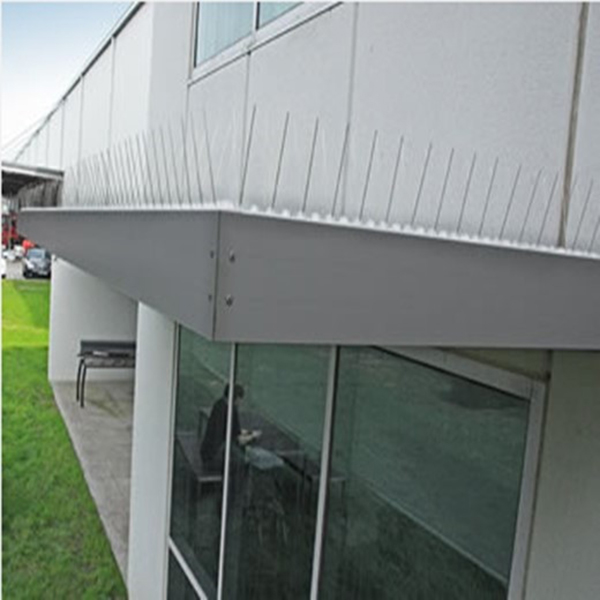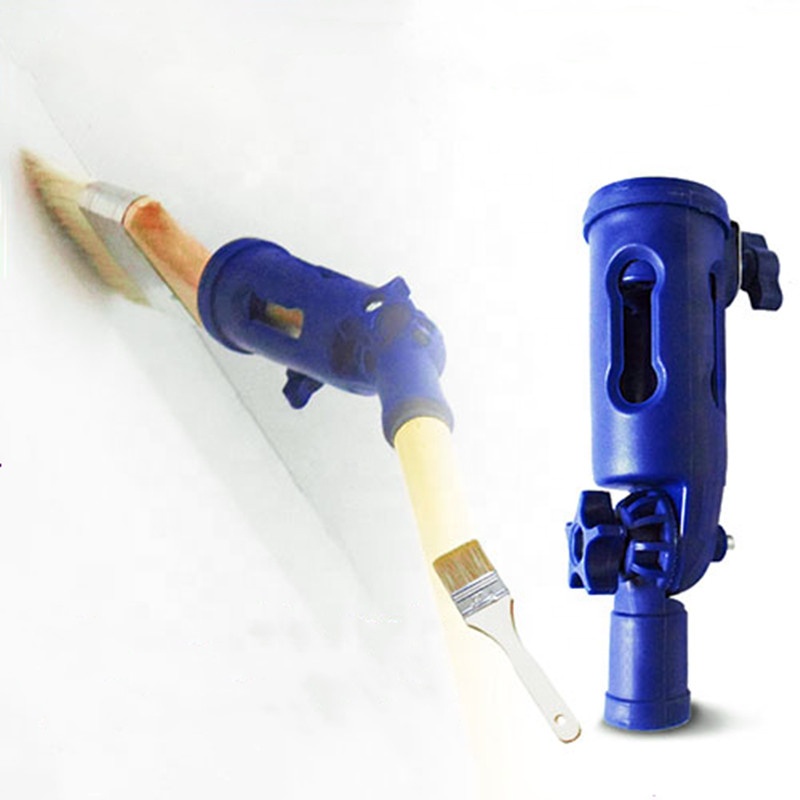Every item on this page was hand-picked by a House Beautiful editor. We may earn commission on some of the items you choose to buy.
Your security deposit has never been safer. Stationery Utility Knife

Whether you're changing up your gallery wall arrangement, filling in a dent or divot you made by accident with a piece of furniture, or trying to ensure you get your security deposit back after you move, repairing a hole in the wall isn't anybody's idea of a good time. It's tedious and a little intimidating; you might even think it's pointless to try to get your wall to look perfect again. There are home remedies you can use (toothpaste and Elmer's glue were common nail-hole fillers in my college dorm) for a quick fix, but we all know those don't fool anybody. Truthfully, it doesn't take that much more time or effort to get your walls to look smooth and even again. You just need to learn how to fix a hole in the wall properly.
Even if you've taken every precaution to ensure your walls remain pristine, you're bound to get a nick or scratch somewhere. Plus, you can't hang everything with Command strips! Houses need art. Once you learn how to patch holes in drywall, you can hang things up without worrying. Ahead, we outline how to fix a hole in the wall, be it small or large.
We consider a small hole anything smaller than bottle cap. (Think screw or nail holes.) Before you can fill your small hole, you need to remove any screw anchors, nailheads, and other debris. Then, using a sanding block, sand the area over and around the hole to create a flat surface.
Using wall spackle and a putty knife, cover the hole generously with the spackle. Allow the spackle to dry, then sand it down to a flat and ultra-smooth surface that's even with the rest of the wall.
Odds are, the putty color does not match your wall color perfectly. Once your patch is dry and smooth, touch it up with paint using a small brush or paint touch-up tool. Voila! Good as new.
Before you start, remove any chipping or semiattached drywall or debris from the hole, creating a solid and clean edge or frame. Sand the edges of the hole with a sanding block to make sure the surface is smooth and clean.
Using a drywall patch slightly larger than the hole, apply the patch to the wall over the hole. Some patches are self-adhesive, while others require putty or patch clips to stay put.
Using a putty knife, cover the drywall patch with a generous amount of spackle, making sure to cover the wall past the edges of the patch and fully cover the hole.
Once the putty is completely dry, use a sanding block or sandpaper to create a flat and smooth surface. Them you can touch up the paint and allow that to dry. Depending on the size of the area, you may need two coats of paint to get the color to match the rest of the walls.
Kate McGregor is House Beautiful’s SEO Editor. She has covered everything from curated decor round-ups and shopping guides, to glimpses into the home lives of inspiring creatives, for publications such as ELLE Decor, Domino, and Architectural Digest’s Clever.
How to Read a Tape Measure Properly
This Is Why You Should NEVER Ignore Paint Bubbles
Don't Put off Winterizing Your Lawn Sprinklers
How to Buy a Generator for Your House
How to Winterize a Pool
Are You Ready for the Next Hurricane?
Incandescent Bulbs Are Officially Now Banned
This Upgrade Can Save Your House From Flooding
How to Unclog A Shower Drain Yourself
How to Clean Your Dryer Vent Like a Pro
How to Stop a Light Buzzing
How to Change the Battery in Your Smoke Detector
A Part of Hearst Digital Media
We may earn commission from links on this page, but we only recommend products we back.

Paint Pad ©2023 Hearst Magazine Media, Inc. All Rights Reserved.